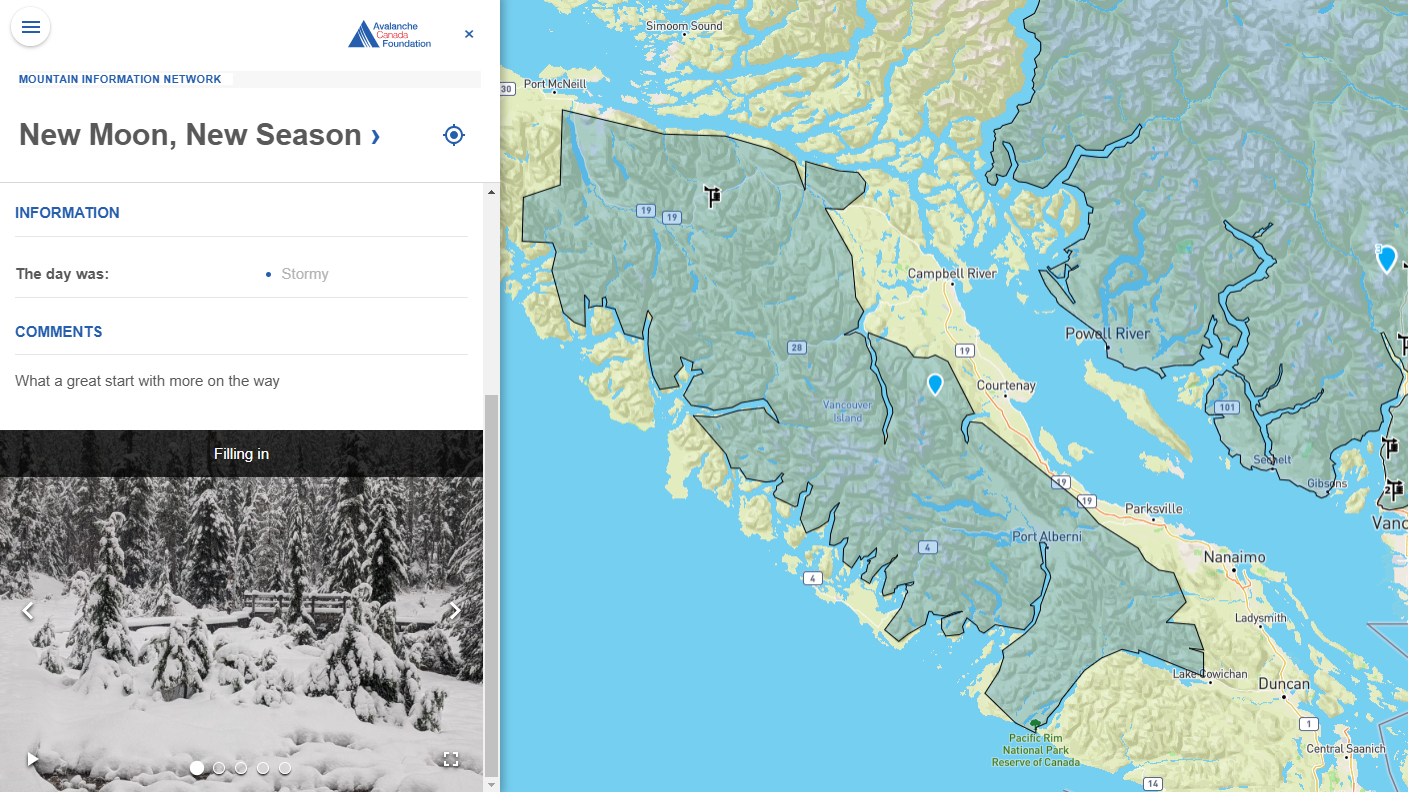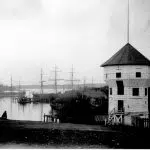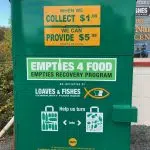
Backcountry reports being collected ahead of Island avalanche season
NANAIMO — Those heading out into the backcountry are asked to keep a watchful eye, be prepared, and take lots of photos.
Avalanche Canada will begin its official, daily reporting and forecasting of avalanche conditions later this month, but for now those venturing out are being asked to help create a good starting point for the winter forecasts.
Spokesperson Colin Garrity said people should only be going out this time of year if they’re well prepared and experienced to handle changing conditions.
“They’re really assessing conditions on their own and that’s a serious responsibility. So if you’re heading into snow-covered avalanche terrain, you need to carry the appropriate equipment, have the training and be ready to manage exposure to avalanche terrain in your trip plans, making slope-by-slope assessments.”



